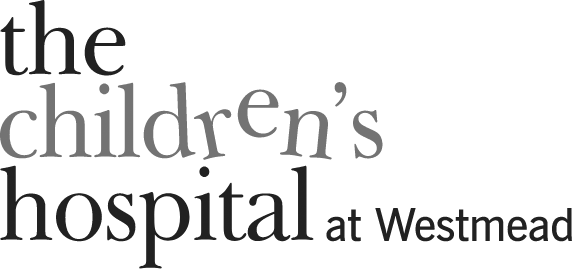Pterygium & Pinguecula
What is Pterygium?
A Pterygium is a benign or non-cancerous overgrowth of the conjunctiva. It can appear as a wedge-shaped growth of thickened tissue that covers the white part of the eye.
It starts on the clear tissue of the eye (the thin layer that covers the white part of the eye or sclera) and can spread to the cornea.
A Pterygium may occur in one or both eyes.
What is the Impact of a Pterygium?
A Pterygium may cause eye discomfort including
- A burning sensation
- Irritation
- Redness
- Tearing
- Foreign body sensation
- Blurred vision or astigmatism
If the growth becomes large enough, it may begin to inhibit vision.
What can Cause Pterygium?
The causes of a Pterygium are not known, but it occurs more commonly in people who spend time outdoors with frequent or excessive sun exposure.
Pterygium Assessment
Your ophthalmic surgeon will perform a comprehensive eye examination in order to diagnose and assess the severity of the Pterygium.
Your treatment depends on the size and extent of the Pterygium.
When there is a rapid growth of the Pterygium or where vision is impacted, your ophthalmologist may recommend surgical removal of the tissue.
Pterygium Treatment - Surgery
Traditionally, Pterygium surgery involves complete excision of the Pterygium combined with conjunctival auto-grafting.
During the procedure, the Pterygium is removed and the gap in the conjunctiva left by the removal of the Pterygium is filled with a thin tissue transplant from the conjunctiva underneath the upper eyelid.
The graft is held in place with fine sutures. The purpose of an autograft is to cover the bare area and act as a barrier to reduce recurrence.
The latest advancement in Pterygium surgery is “Sutureless (No-stitch) Pterygium Surgery”. This technique is similar to the traditional approach except no stitches are used to hold the autograft in place.
Instead, modern tissue adhesives made of human clotting proteins are used. The adhesives dissolve in a week with no residues and promote faster recovery.
In certain cases, an anti-scarring drug (in the form of an eye drop) may be used following the excision to minimise the recurrence of Pterygium.
Reasons for Surgical Removal
Pterygium is a condition that can:
- Affect your normal vision
- Cause irritation, tearing and discomfort
- Develop or increase a patient's astigmatic error
- Cause redness in appearance
- Contact lens interference
Recovery After Pterygium Surgery
Following Pterygium surgery, you may experience soreness and irritation in your eye for the first 24 to 48 hours which can usually be controlled with oral analgesia.
Your ophthalmologist will prescribe an antibiotic and a steroid eye drop to prevent infection and reduce inflammation.
There will be redness in the operated eye, which usually resolves in several weeks. You will need to use the eye drops for a couple of months as directed by your ophthalmologist. Finally, you should wear sunglasses when outdoors to reduce recurrence.
What are the Risks Associated with Pterygium Surgery?
Complications such as bleeding, infection, and decreased vision may rarely occur following Pterygium surgery.
Also, it is important to understand that there is a less than 5% recurrence risk despite successful treatment.







